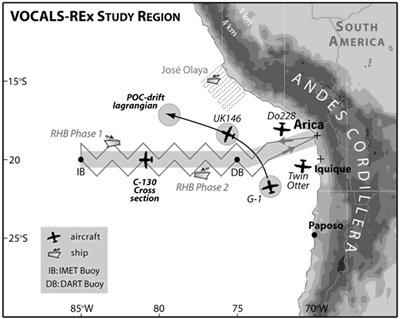The scientific results of the VOCALS field campaign are based on analysis of observations made by instruments located on ships, aircraft, and land. This map shows the paths followed by ships and planes over the Southeast Pacific and the observation stations along the coasts of Chile and Peru.
Click on image for full size
Courtesy of Robert Wood
What are the results of VOCALS?
Long after the VOCALS campaign is completed, the scientists’ work will continue. They must process, review, and study the data to determine what has been learned. Many model runs will be made and analyzed. Eventually, they will publish their discoveries in scientific journals and give oral presentations at conferences.
VOCALS will allow an unprecedented examination over an entire month of how variability in ocean currents, ocean upwelling, marine winds, and air pollution will impact the chemical and physical properties of the lower atmosphere, the clouds, and the amount of precipitation found there. The climate characteristics of the SEP are further complicated by the close proximity of the Andes Mountain range which forms a barrier to westerly winds and the transport of moisture.
It is expected that measurements obtained by VOCALS will have a broad impact upon current knowledge in the fields of atmospheric science and oceanography. The data generated in the field will stimulate the development of a broad range of numerical process models exploring the atmosphere. They could also help to accelerate the improvement of regional and global climate. VOCALS could ultimately lead to much better predictions of future climate. Climate prediction is increasingly important to communities around the world that are vulnerable to the impacts of climate change, such as sea level rise, heat waves, less reliable precipitation, and changes in growing seasons.
You might also be interested in:
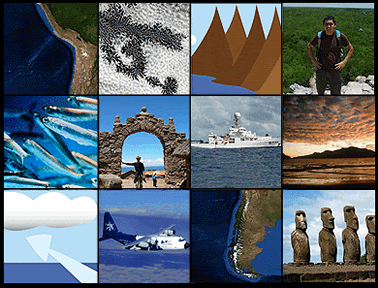
What if you wanted to learn more about the climate system of a very large area such as the Southeast Pacific Ocean? What would be involved in studying how the oceans, land, and atmosphere interact? You
...more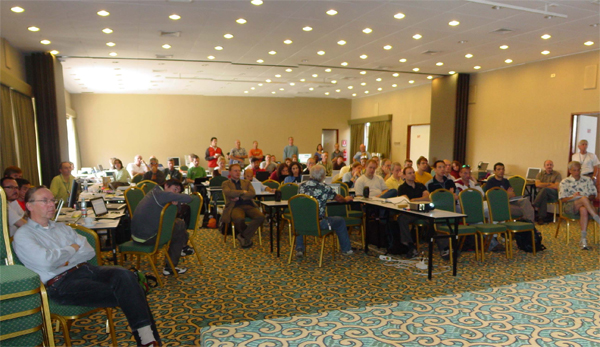
The Operations Center is at the center of large field experiments like VOCALS. Here, the scientists plan their aircraft missions. Here is where these plans are passed from the minds of the scientists to
...more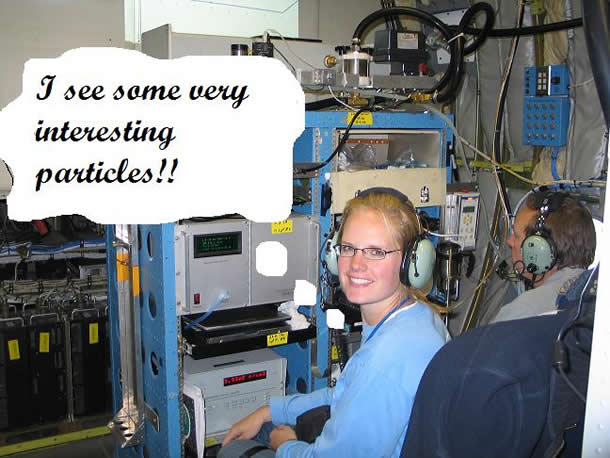
Communication is an integral part of large scale science projects like VOCALS. It started years ago between people from the various institutions involved, via long distance phone calls and many, many emails.
...more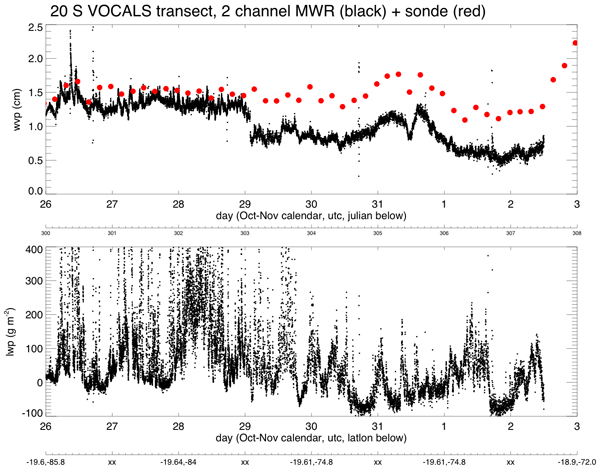
I thought I would try to give a flavor to analyzing real-time data. The plot I've attached shows atmospheric water vapor paths and cloud liquid water paths, produced from a standard microwave radiometer.
...more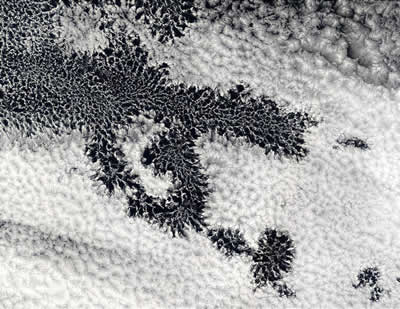
Many types of data from satellites are used throughout the VOCALS field campaign. Satellite observations complement data gathered from airplanes and ships to provide a more detailed overall picture of
...more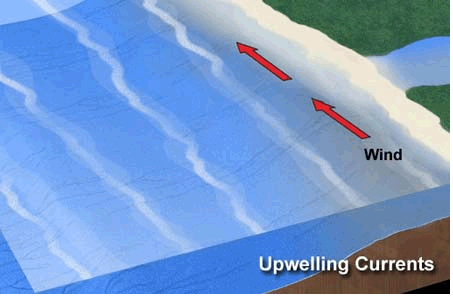
The ocean and the atmosphere in the Southeast Pacific Ocean are connected in many ways. Strong trade winds blow northward along the west coast of South America. These winds stir up the ocean, bringing
...more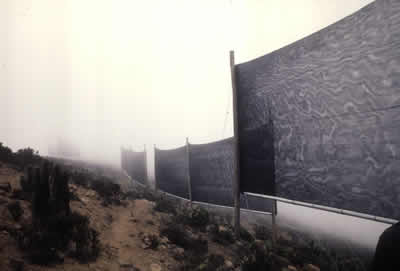
The Atacama Desert is one of the driest place on Earth. Water is scarce and there are even areas where no rain has ever been recorded. The lack of water makes life hard in the Atacama, yet more than a
...more


